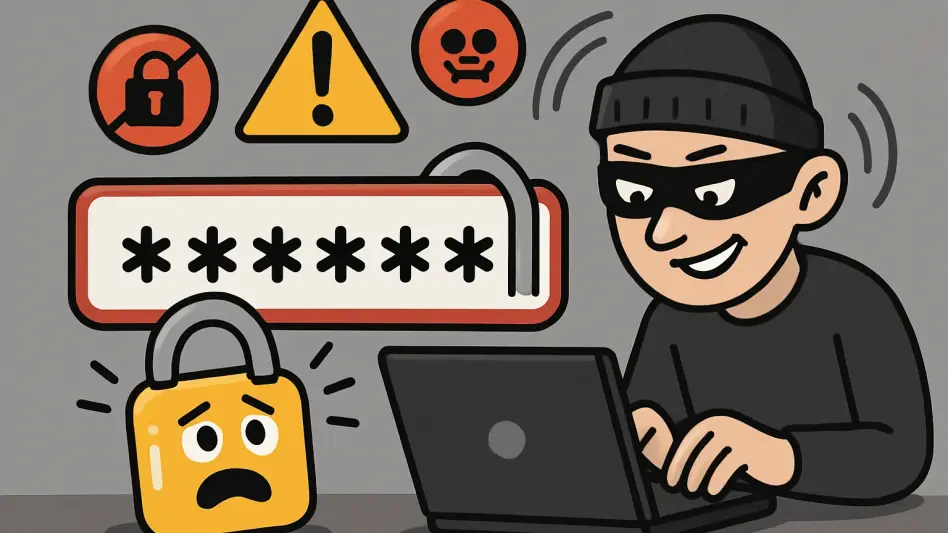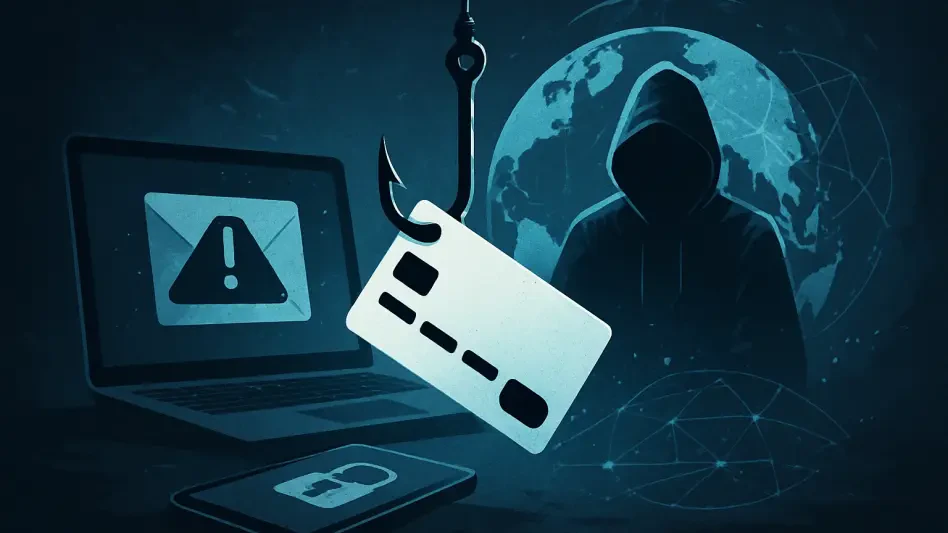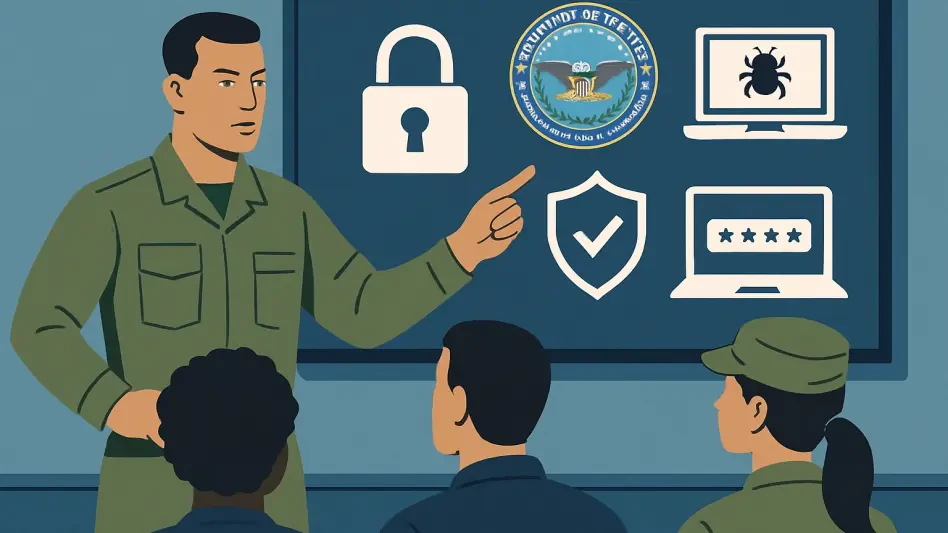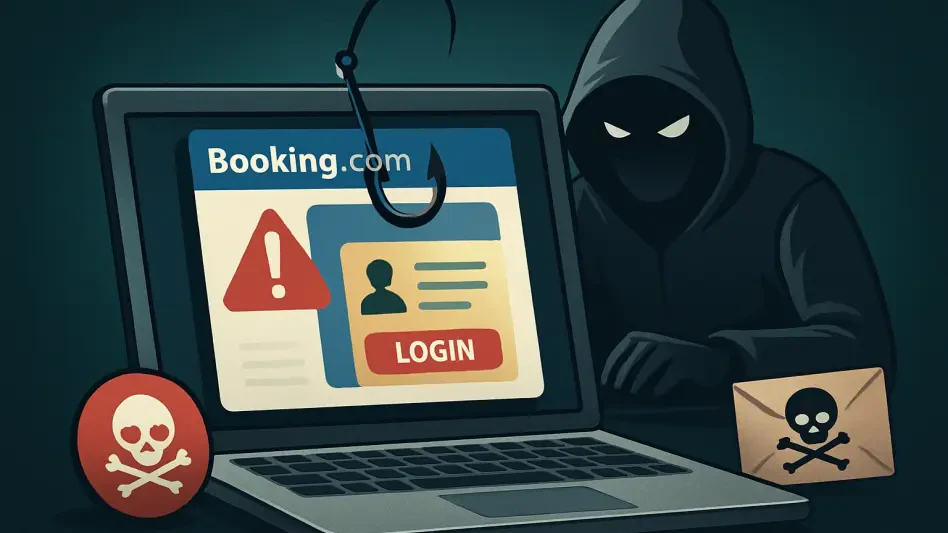In an era where cyber threats loom larger than ever, it’s astonishing to discover that millions of online accounts remain protected by passwords as simplistic as ‘123456’ and ‘India@123’. A recent global study by a UK-based cybersecurity research firm has revealed that despite countless warnings and increasing digital risks, user behavior around password creation remains dangerously predictable. Hackers continue to exploit these weak defenses with ease, accessing sensitive data through brute-force attacks and automated tools. The persistence of such easily guessable passwords raises critical questions about digital security practices and human tendencies toward convenience over safety. This alarming trend underscores the urgent need for better education on password strength and the adoption of advanced authentication methods to safeguard personal and professional information in an increasingly interconnected world. As cybercrime evolves, understanding why these basic passwords still dominate and how to counter this vulnerability is more important than ever before.
1. Persistent Patterns in Password Choices
The latest data from a comprehensive analysis of over 2 billion compromised accounts highlights a troubling reality: passwords like ‘123456’ are still the most commonly used worldwide. This specific sequence alone was found to secure the accounts of over 7.6 million individuals, making it a prime target for cybercriminals who rely on predictable patterns. Other entries in the top ranks include ‘admin’, ‘password’, and variations of numerical sequences like ‘12345678’. Notably, ‘India@123’ also appears among the most frequently used, particularly among users in specific regions, showing how localized and generic terms remain popular despite their obvious risks. The simplicity of these choices often stems from a desire for easy recall, but this convenience comes at a steep cost when accounts are breached with minimal effort by attackers employing automated guessing tools.
Beyond the raw numbers, the composition of these passwords reveals deeper insights into user behavior. Nearly one in four passwords consists solely of numbers, and a staggering 38% incorporate the sequence ‘123’ in some form. Such predictability plays directly into the hands of hackers who use sophisticated software to crack these codes within seconds. The recurrence of these patterns, despite widespread awareness campaigns by cybersecurity agencies, points to a gap between knowledge and action among users. Even high-profile incidents, such as a major museum in France securing its systems with an easily guessable password, fail to serve as wake-up calls for many. This persistent reliance on weak passwords suggests that more robust strategies are needed to shift user habits toward stronger, less obvious choices that can withstand modern hacking techniques.
2. Human Behavior and the Convenience Trap
A significant factor driving the use of simplistic passwords is what researchers term “human laziness,” where ease of memory often trumps security concerns. Many individuals opt for short, familiar combinations or reuse the same password across multiple platforms, prioritizing quick access over the risk of exposure. This behavior creates a domino effect; once a single account is compromised, hackers can often gain entry to other services using the same credentials. Reports indicate that phishing and credential theft, fueled by reused or leaked passwords, account for nearly 37% of all cyber intrusions. The temptation to stick with something as straightforward as ‘123456’ or ‘admin’ reflects a broader reluctance to adopt more complex security measures, even when the potential consequences include financial loss or identity theft.
This preference for convenience is further compounded by a lack of awareness about the true scale of cyber risks. Many users underestimate how quickly a weak password can be exploited or fail to recognize that their personal data is a valuable target for criminals. Tech giants like Google and Microsoft have noted this trend and are pushing for alternatives such as passwordless authentication, including biometric logins and hardware security keys. These solutions aim to eliminate the human error factor entirely, but adoption remains slow as users cling to familiar habits. Changing this mindset requires not only technological innovation but also a cultural shift, where security becomes a default priority rather than an afterthought. Until then, the allure of easy-to-remember passwords will likely continue to jeopardize online safety for millions.
3. Building a Fortress with Stronger Passwords
Creating a robust password is a critical first step in fortifying online defenses, and experts emphasize several key principles to achieve this. According to America’s Cybersecurity and Infrastructure Security Agency, passwords should be at least 12 to 16 characters long, as length significantly increases the difficulty of cracking through brute-force methods. They must also be random, avoiding predictable elements like names, birth dates, or common words such as ‘password’. For instance, a string like ‘cXmnZK65rf&DaaD*’ offers far greater protection than a simple numerical sequence. By incorporating a mix of uppercase and lowercase letters, numbers, and special characters without any discernible pattern, users can create barriers that are exponentially harder for attackers to breach, thereby securing their digital identities more effectively.
Equally important is the practice of using unique passwords for each account to limit damage in case of a breach. Reusing passwords, a common mistake, means that a single compromise can expose multiple accounts, amplifying the risk. Cybersecurity professionals also advocate for regular updates to passwords and the use of password managers to store complex combinations securely. These tools can generate and remember strong passwords, reducing the burden of memorization. As cyber threats grow more sophisticated, adopting these habits becomes non-negotiable. The shift toward stronger passwords, supported by technology and user education, represents a proactive defense against the vulnerabilities exploited by hackers who prey on predictable choices like ‘123456’ or ‘India@123’.
4. Looking Ahead to Safer Digital Practices
Reflecting on the widespread use of weak passwords in the past, it became evident that millions had left their accounts vulnerable by clinging to familiar, easily guessable combinations. Cybersecurity studies consistently flagged this issue, warning that such practices handed cybercriminals an open invitation to exploit personal data. High-profile breaches, where even major institutions fell victim to basic password flaws, underscored the urgency of addressing this persistent problem. The lessons from those incidents highlighted that without deliberate changes in user behavior, the cycle of exposure and loss would only continue.
Moving forward, the focus must shift to actionable solutions that empower users to protect themselves. Embracing passwordless authentication methods, such as biometrics or hardware keys, offers a promising path to reduce reliance on vulnerable passwords. Simultaneously, ongoing education campaigns should emphasize the simplicity of using password managers and the importance of unique, complex combinations for every account. By fostering a culture of proactive security and leveraging innovative tools, the digital landscape can evolve into a safer space, leaving behind the era where ‘123456’ reigned as a risky default choice.








